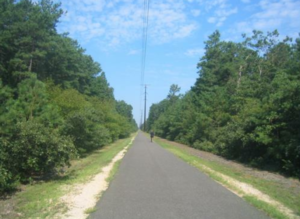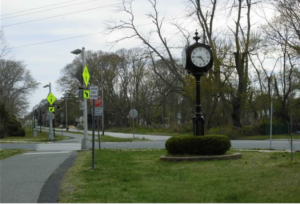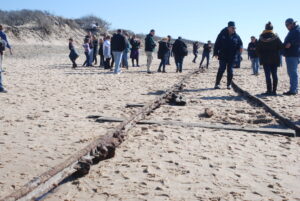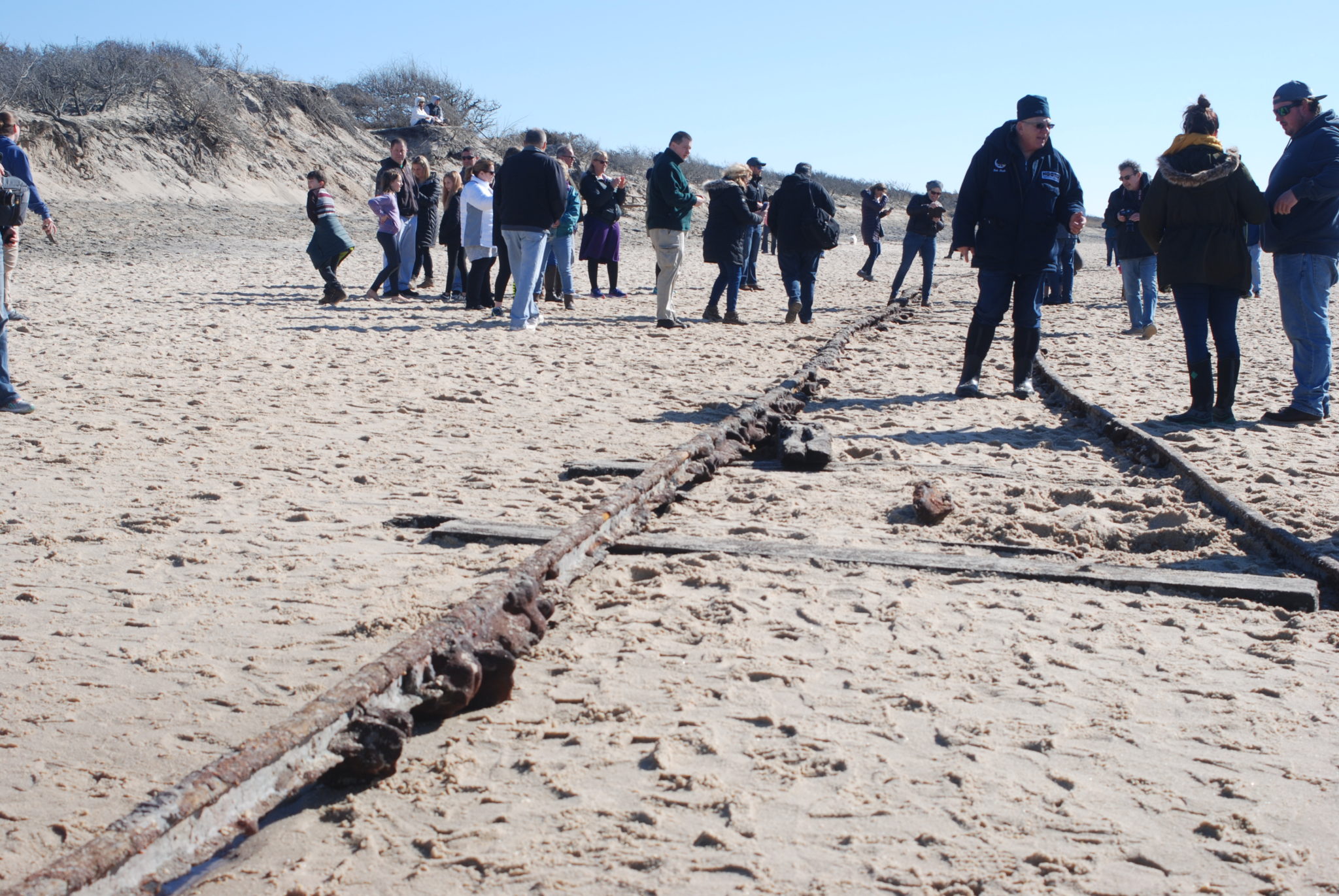On The Move: History of South Jersey Railroads
By Steffen Klenk
South Jersey has a vast network of bike and walking paths. Many have enjoyed countless sunny days strolling through Linwood or taking in a workout along West Jersey Avenue in Egg Harbor Township. Decades ago, these bike paths were occupied by railroad cars and trolleys, carrying passengers to destinations throughout the shore and mainland.
Passenger trains were a pivotal mode of travel in the late nineteenth century. With automobiles not going into mass production until the early 1900s, train travel was entering into its boom years. Lying of rail tracks was at its early peak, and trains and electric trolleys were a quick and reliable way of traveling. In 1852, construction began on a rail line that created passenger service between Camden and Atlantic City. Two years later, on July 4, 1854, the Camden and Atlantic Railroad began operation.
In 1881, the Camden and Atlantic Railroad brought rail and trolley service to the rest of Absecon Island. Steam-powered locomotive trains carried cars and passengers to South Atlantic City (Margate) and Longport on a weekly basis before converting to trolleys in 1893.
New railroads blossomed in South Jersey. The Reading Company became a competitor operating several rail lines throughout our region. This included three separate railroads, servicing between Philadelphia and Cape May on the line formerly known as the Steel Speedway to the Shore.
Egg Harbor Township also had its own railroad. In 1879, the Pennsylvania Railroad directed the West Jersey Railroad to build a path between Atlantic City and Newfield, Gloucester County. The West Jersey and Atlantic Railroad began carrying passengers one year later. The line ceased operations in 1966. By 2003, the existing rail line was converted into a seven-mile long path known as the Atlantic County Bikeway. This trail runs along Jersey Avenue from the foot of the old Shore Mall to the Atlantic County Institute of Technology campus in Mays Landing.

The six-mile long Somers Point Bike Path, a six-mile long trail that stretches between Somers Point and Pleasantville, runs along the former Atlantic City and Shore Railroad. This railroad, also known as the Shore Fast Line, operated from 1907 until 1948 and provided service between Atlantic City and Ocean City. Some of the former rail stations can be found along the bike route offering a reminder of the paths history.

Ocean City was serviced by the Pennsylvania-Reading Seashore Line, a rail line that connected passengers between Philadelphia and various shore towns. These tracks stretched along Haven Avenue. Tenth Street Station, now known as the Ocean City Transportation Center, was the main hub for rail service for the city. Today, the renovated station serves as a stop for several NJ Transit bus routes. Ocean City is now home to a wide network of bike paths that stretch the entire length of the island, including Haven Avenue.
Recent coastal storms have led to the discovery of exposed railroad tracks on Cape May’s Higbee Beach. The famous “Ghost tracks” were used for sand mining and munitions testing during the early 1900s. Many local residents and visitors paid a visit to explore the phenomenon and capture history.

As the evolution of technology and train travel became accessible, people from Philadelphia and surrounding areas could visit for a fun day of sun and sand and return home in one day. Day trippers who purchased a ticket to the shore were given a box lunch in a shoebox.
As the auto industry progressed, our island and surrounding region lost the need of the plentiful tracks found zigzagging across roads. The decision of making these tracks into bike and walk paths has, in its own way, preserved an important era in our nation’s history.






